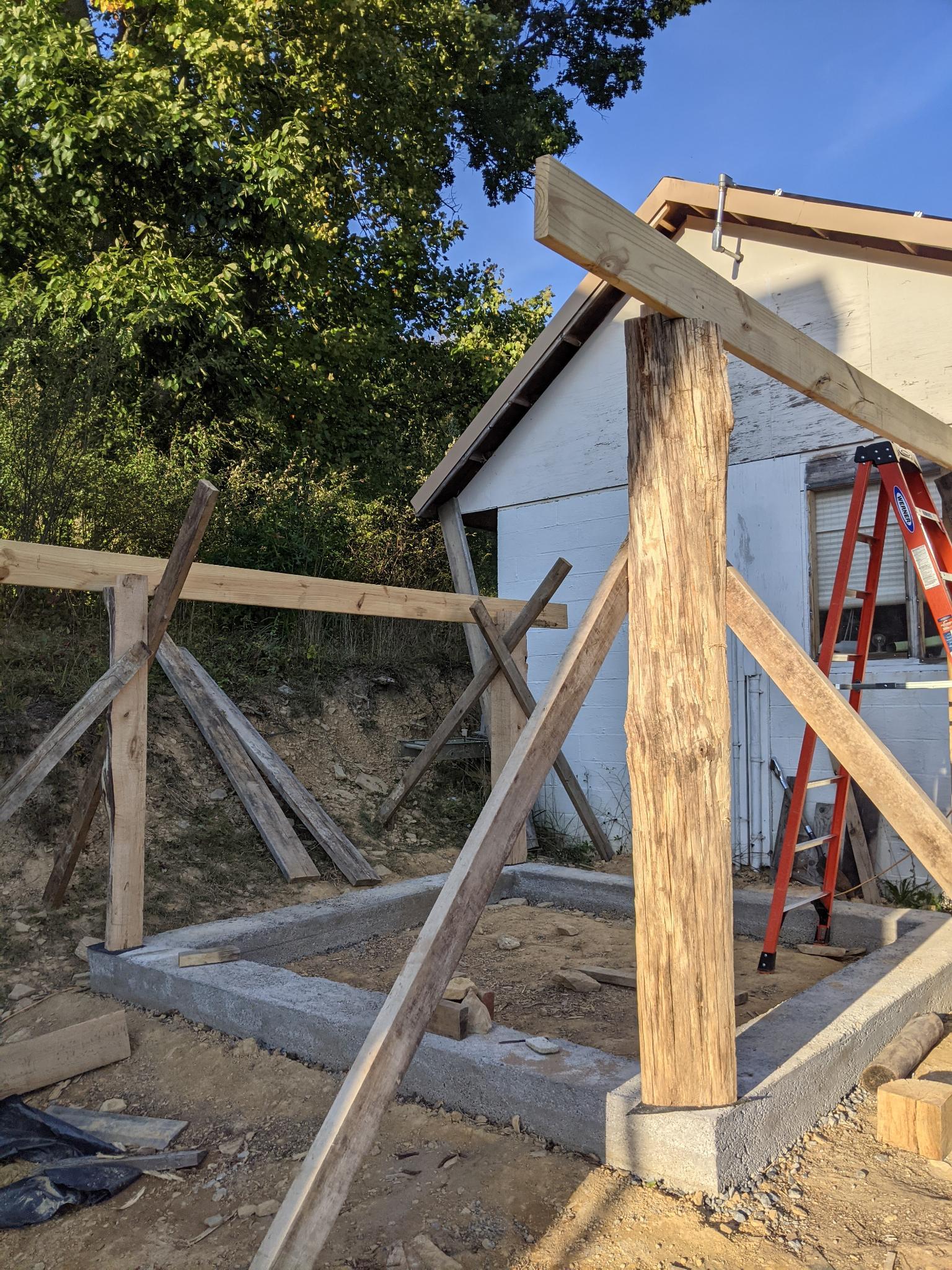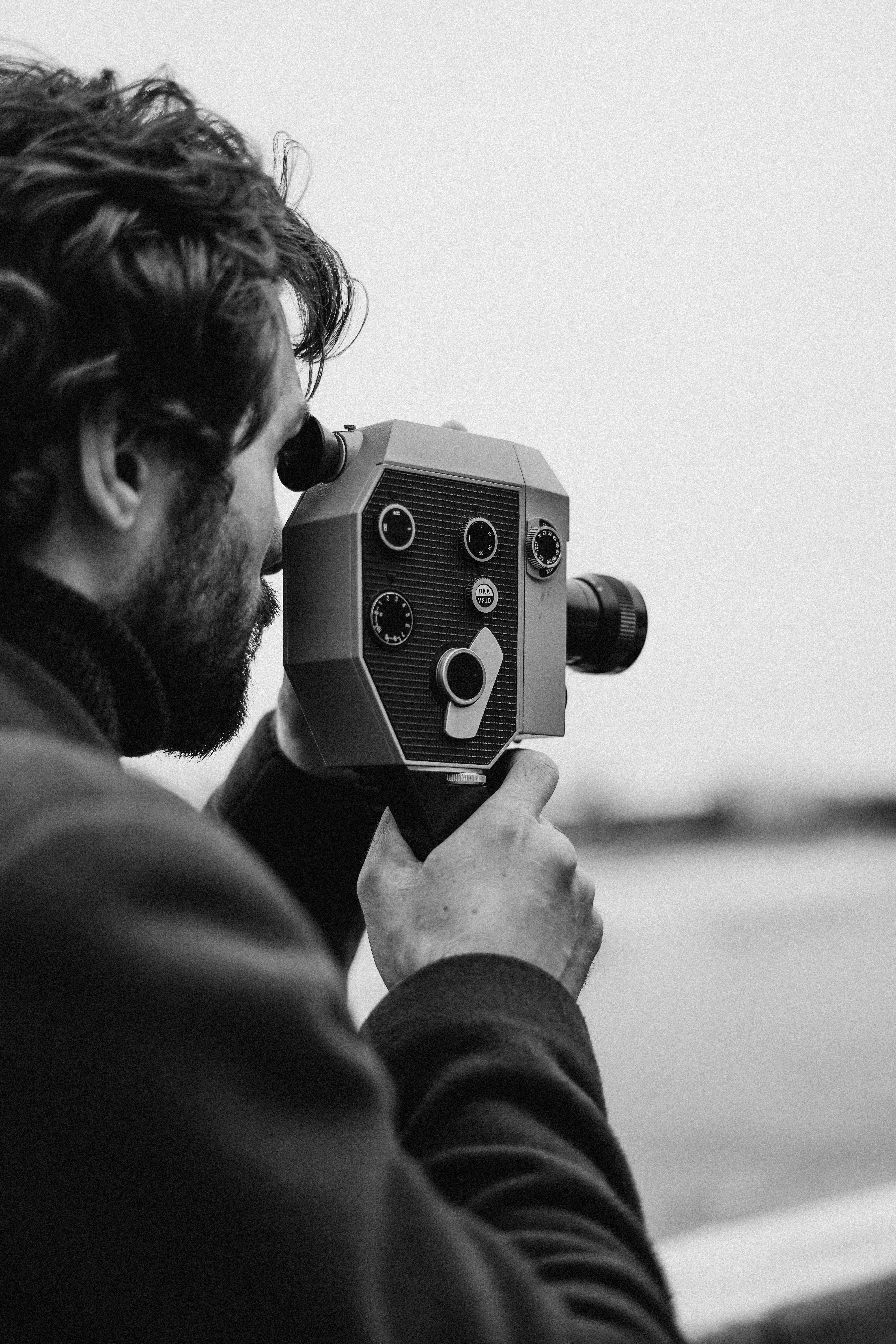I have spent the majority of my research experience exploring and characterizing sources of noise and signals in current and future gravitational wave (GW) detectors using frequentist and Bayesian methods. My work revolves specifically around three projects:
• Estimating the response strength in current and future gravitational wave detectors under a variety of designs to coalescing black hole binaries using frequentist methods.
• Assessing the potential of pulsar timing arrays (PTAs) to detect multiple GW backgrounds through simulation and recovery work.
• Holistically examine pulsar timing parameters inside PTAs’ current GW detection pipeline using non-linear parameterization of pulsar timing models in tandem with noise and dispersion measure modeling.
For all of these projects I worked alongside my colleagues in the North American Nanohertz Observatory for Gravitational Waves (NANOGrav).
In addition to these main projects, I have broader interests searching for individual GW sources, data analysis, pulsar noise characterization, and data visualization.
My software development interests have followed my research interests greatly. As a part of my first project on simulating GW detectors, I led the development of the open-source software package gwent including fully documenting it and deploying it to the Python Package Index (PyPI). Throughout my career I have contributed to multiple packages relevant to the detection of GWs with PTAs: enterprise, enterprise_extensions, and hasasia. Beyond research, I have done projects on website development using Django, machine learning, and data visualization areas where I am very interested in learning and doing more!
Throughout my time in academia, I have worked very hard to bring equity and inclusivity into the departments and collaborations of which I have been a part. I've attended countless trainings and colloquia by some amazing people and have learned a lot to try and change academia for the better. I have fought for fair graduate student representation and pay at West Virginia University as part of the Graduate and Professional Student Senate and the Physics and Astronomy Graduate Student Organization. I have been a part of the American Physical Society's Inclusivity, Diversity, and Equity Alliance (APS IDEA), and I have spent multiple years on the NANOGrav Climate and Equity Committee.
In my spare time, I like to bake, garden, play french horn in the community orchestra, go for bike rides, play videogames, make short videos, stargaze, and watch movies.



